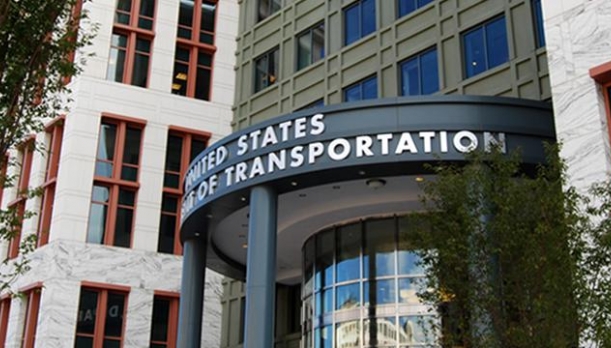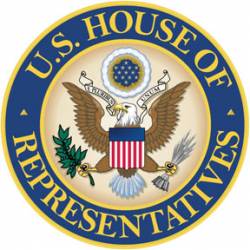
Though civilian GNSS activities fared reasonably well in the just-signed 2017 federal budget, the White House has already forecast cuts across non-defense agencies next year leaving the funding outlook for civil GNSS programs uncertain at best.
President Trump signed the fiscal year 2017 (FY17) spending bill on May 5, preventing another government shutdown and ensuring funding for agencies including the Department of Transportation (DoT), which is responsible for supporting civil GPS needs.
Though civilian GNSS activities fared reasonably well in the just-signed 2017 federal budget, the White House has already forecast cuts across non-defense agencies next year leaving the funding outlook for civil GNSS programs uncertain at best.
President Trump signed the fiscal year 2017 (FY17) spending bill on May 5, preventing another government shutdown and ensuring funding for agencies including the Department of Transportation (DoT), which is responsible for supporting civil GPS needs.
Among the DoT programs covered by the spending bill was the Wide Area Augmentation System (WAAS), which got its full request of $111.6 million. In fact, WAAS has enjoyed solid financial support over the last few years. The FY17 allocation was up slightly from the $107.2 million the program got in FY16 and significantly better than the trimmed-back allocations of $98 million in FY15 and $84 million in FY14.
Lawmakers were less generous with funding for DoT’s Office of the Assistant Secretary for Research and Technology (OST-R), which supports position, navigation and timing (PNT) activities including the Adjacent Band Compatibility Assessment. The two-phase ABC Assessment is a research effort aimed at protecting GNSS receivers from interference by determining a set of interference masks — that is testing satellite navigation receivers to map, by frequency, how much interference they safely can handle before their function is impacted.
Congress cut nearly $5 million from the total request of just over $18 million for OST-R, leaving an allocation of $13.04 million for FY17. That budget supports salaries and expenses, which the Senate suggested trimming by nearly 10 percent, as well as five different activities. The PNT work appears to be headed for full funding at $1.61 million, though lawmakers left the ultimate allocation of the budget to the Secretary of Transportation to decide.
A source familiar with the final numbers told Inside GNSS that $5.6 million of OST-R’s budget is set to go to the Air Force to support civil signal monitoring. This is, once again, an amount far less than what was requested. In FY14 the administration asked for $20 million and got $6 million. In FY15 the request was for $27 million, of which DoT got only $10 million. DoT did slightly better in FY16, getting $15 million of the $27 million requested. For FY17 the original request was for $10 million.
The prospects for FY18 don’t look any brighter. The White House is expected to release its spending request for fiscal year 2018 the week of May 22, 2017. Though President Trump promised to pump money into American infrastructure, the budget summary released by the administration in March cuts $2.4 billion, that is 13 percent, from DoT’s then-anticipated FY17 budget — and that was before the effort to kill Obamacare foundered, threatening promised tax cuts.
Stan Collender, a federal budget expert and an executive vice president with the Qorvis MSLGROUP, expects the administration to make few changes to the numbers released in March.
"I don’t think anything has changed," Collender told Inside GNSS. "I think they stick with what they included in their earlier document."
The FY18 budget document will include revenue numbers, he said, plus economic forecasts and projections of the deficit and debt. But as far as spending levels are concerned, Collender does not anticipate seeing anything new. "I think they’ve already made their decisions for 2018 on the discretionary side, and they’re going to keep them."
At least they are going to try.
When asked if Congress would follow the White House’s lead on next year’s budget numbers, Collender said "almost certainly not."
"They already rejected it once — for 2017," he said, noting that lawmakers had nixed almost all the proposed spending cuts and virtually all the spending increases, or at least the magnitude of the increases. "I think they’ve basically said to the president with the 2017 funding bill ‘Butt out. We can do this ourselves.’ "





